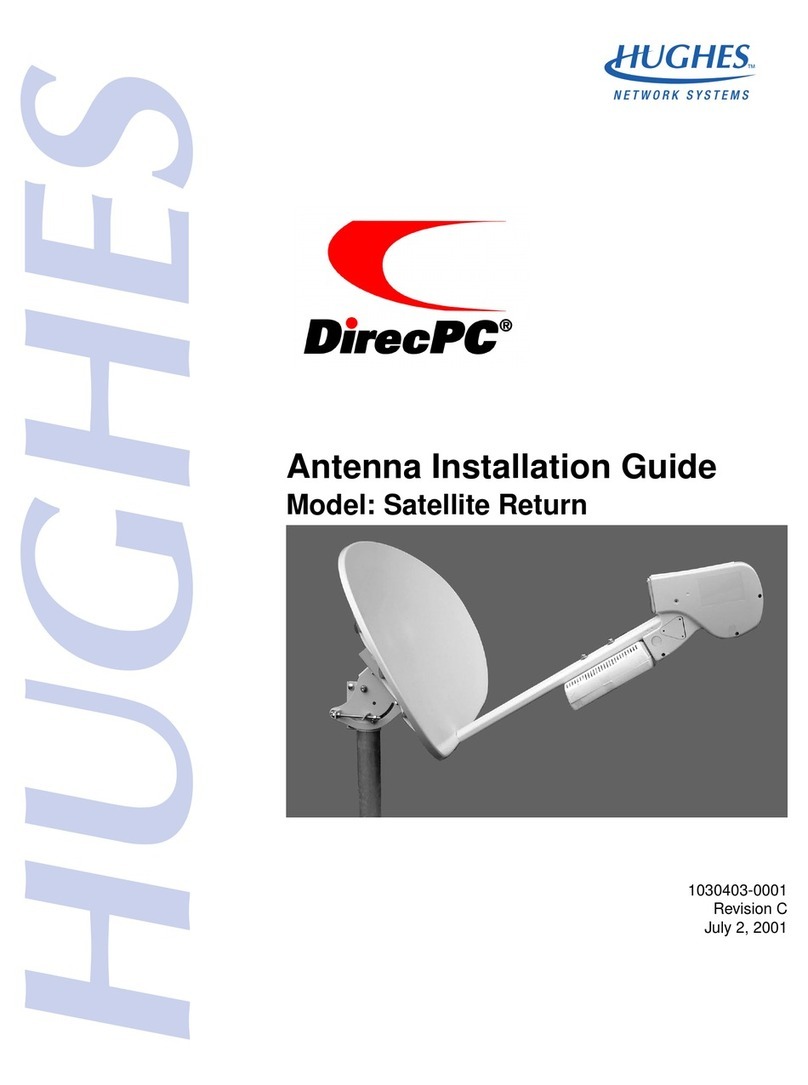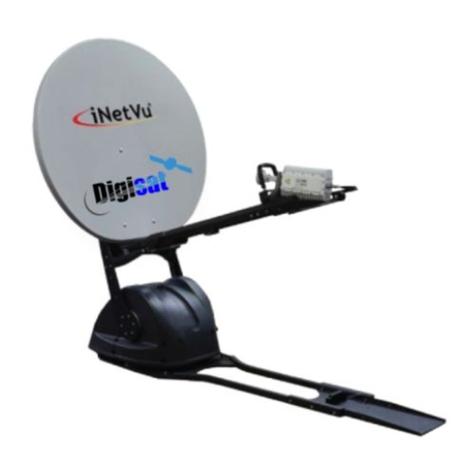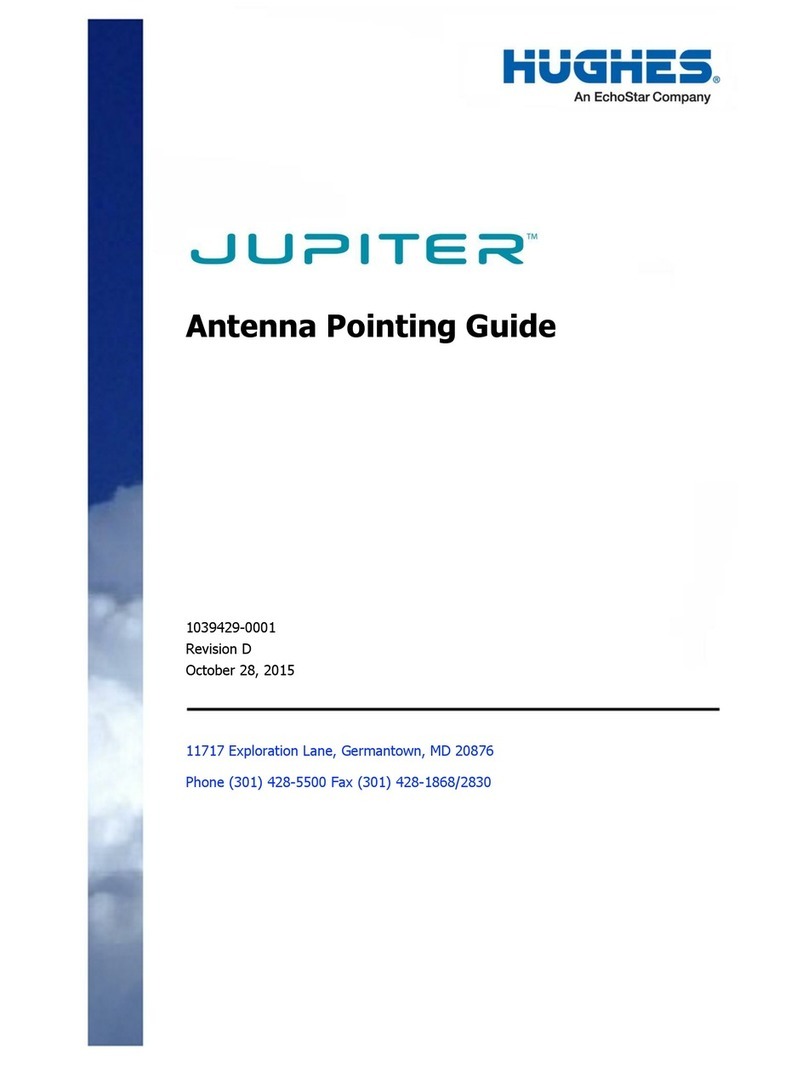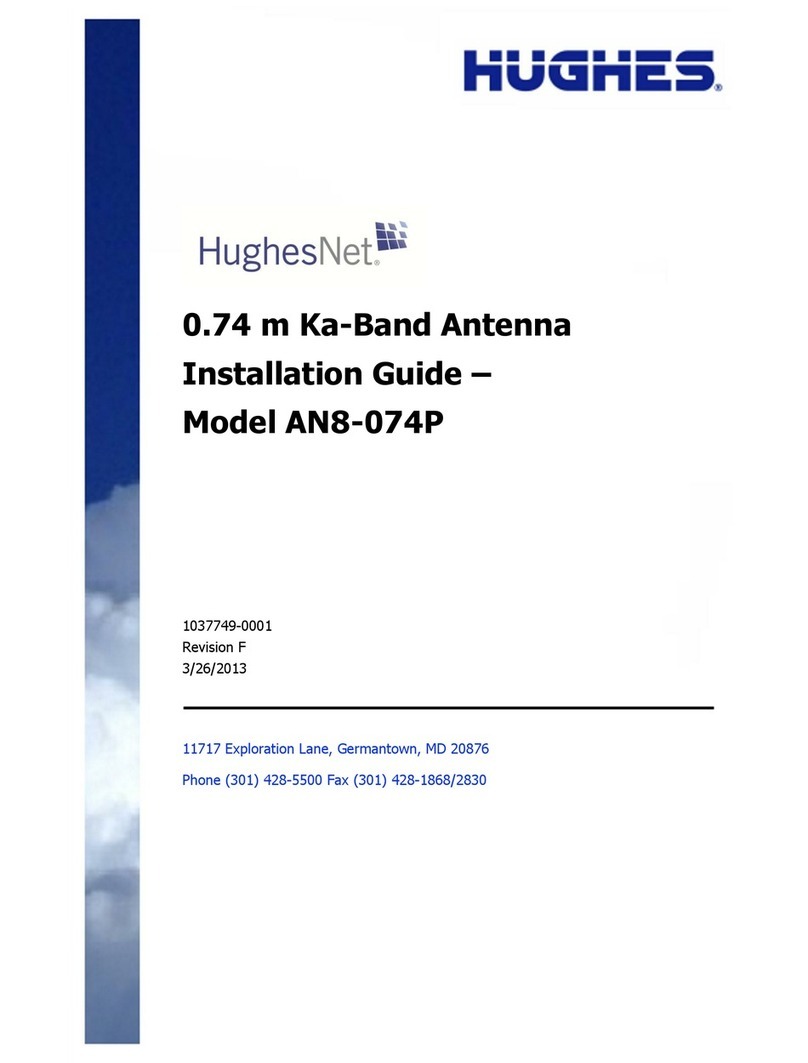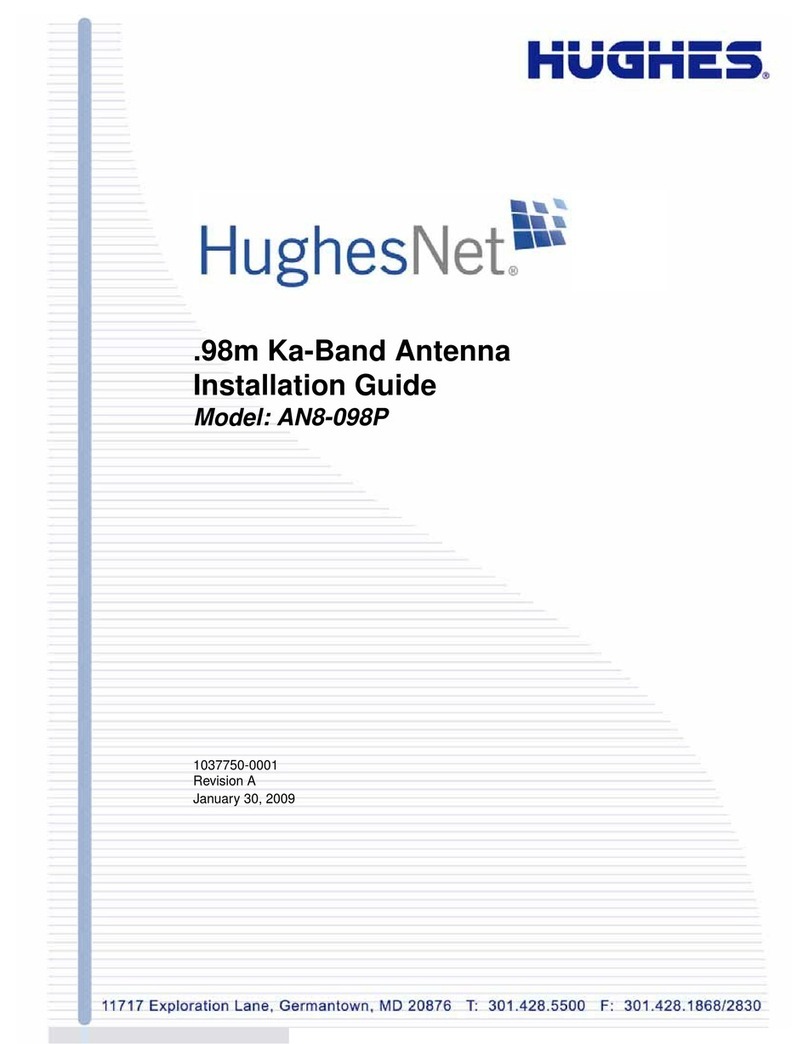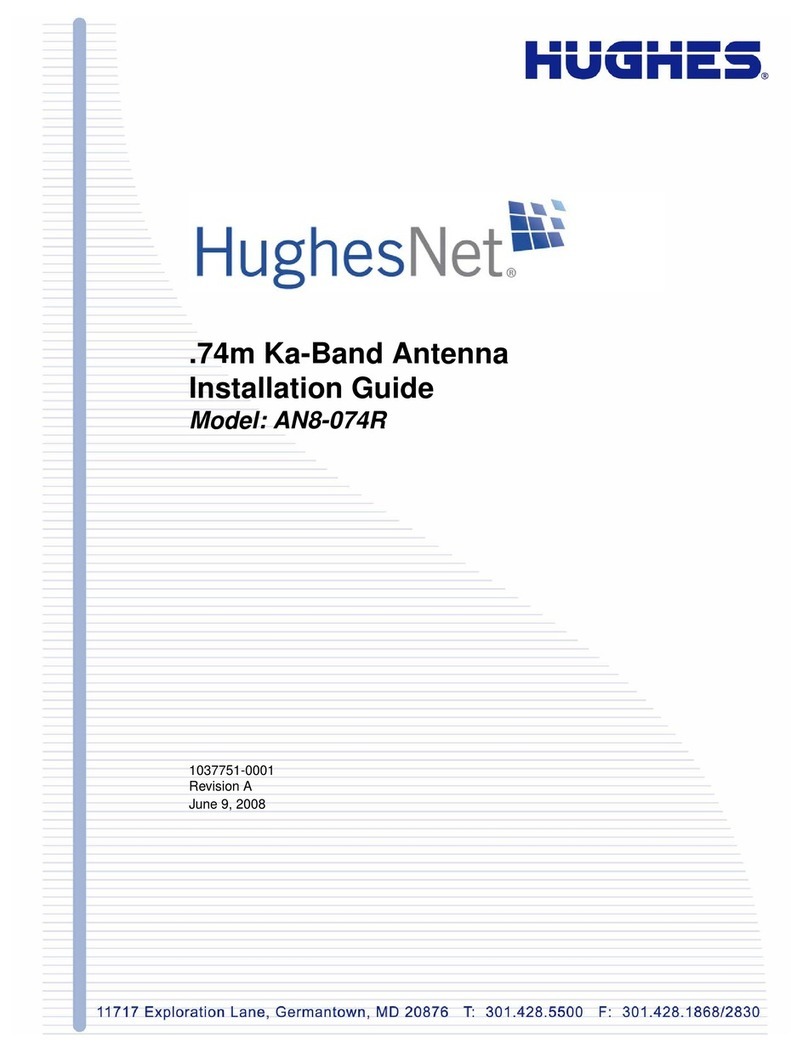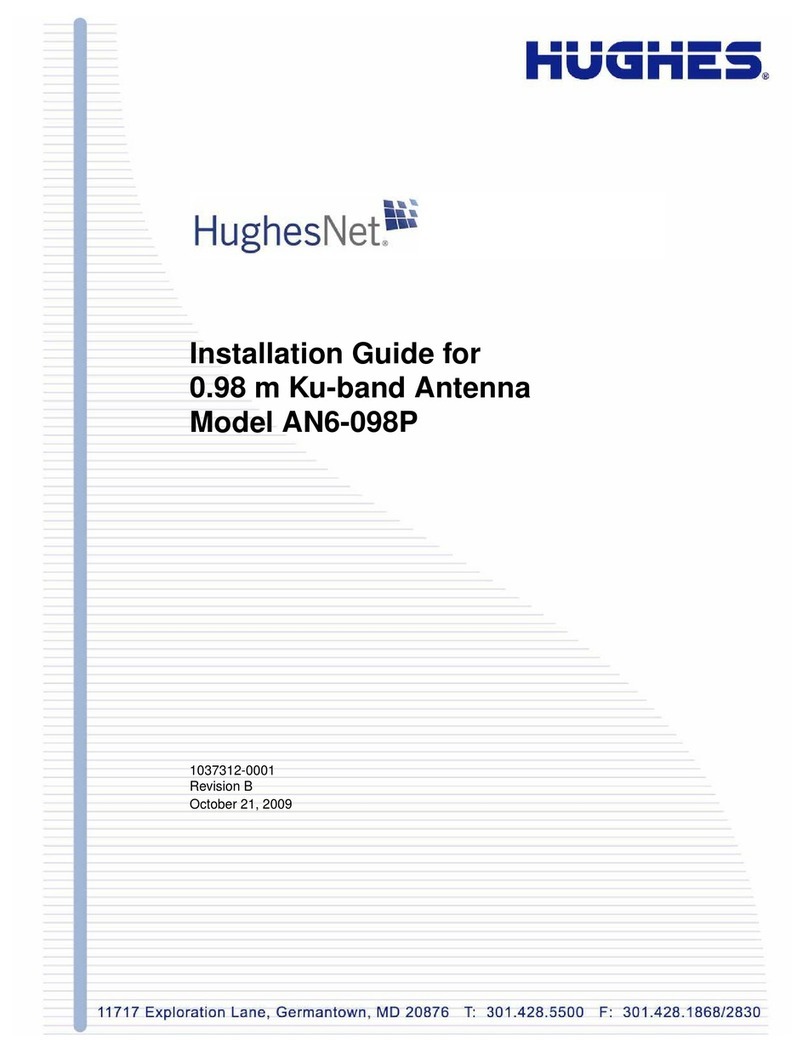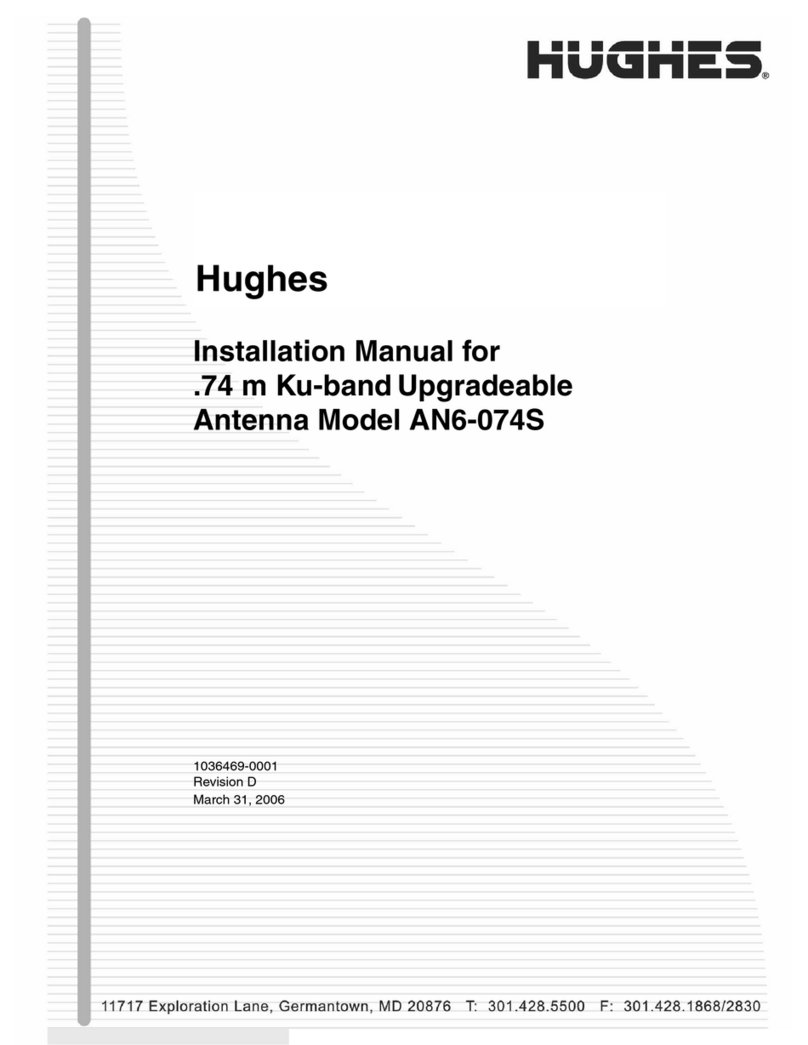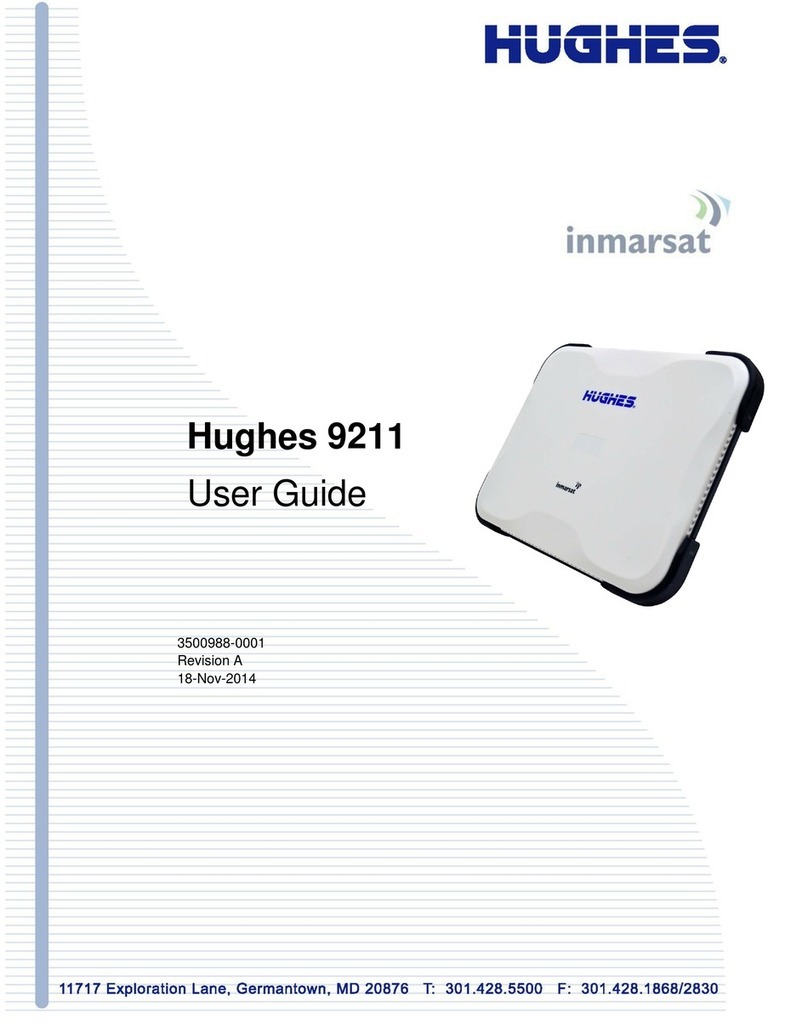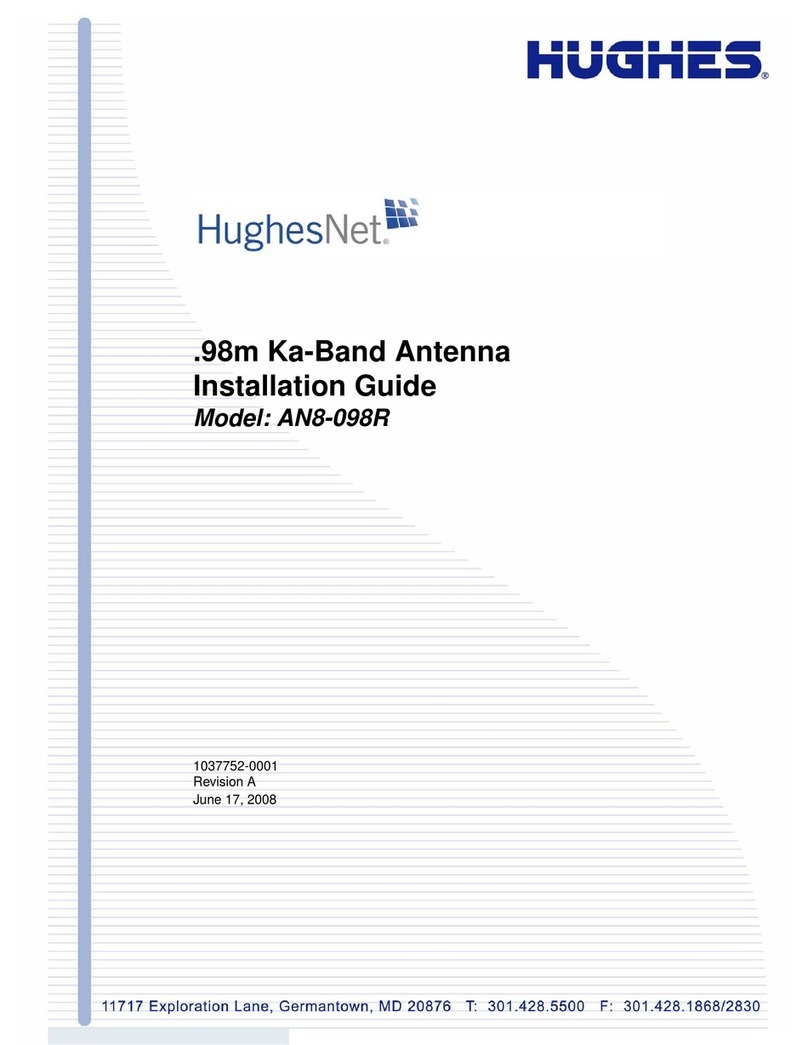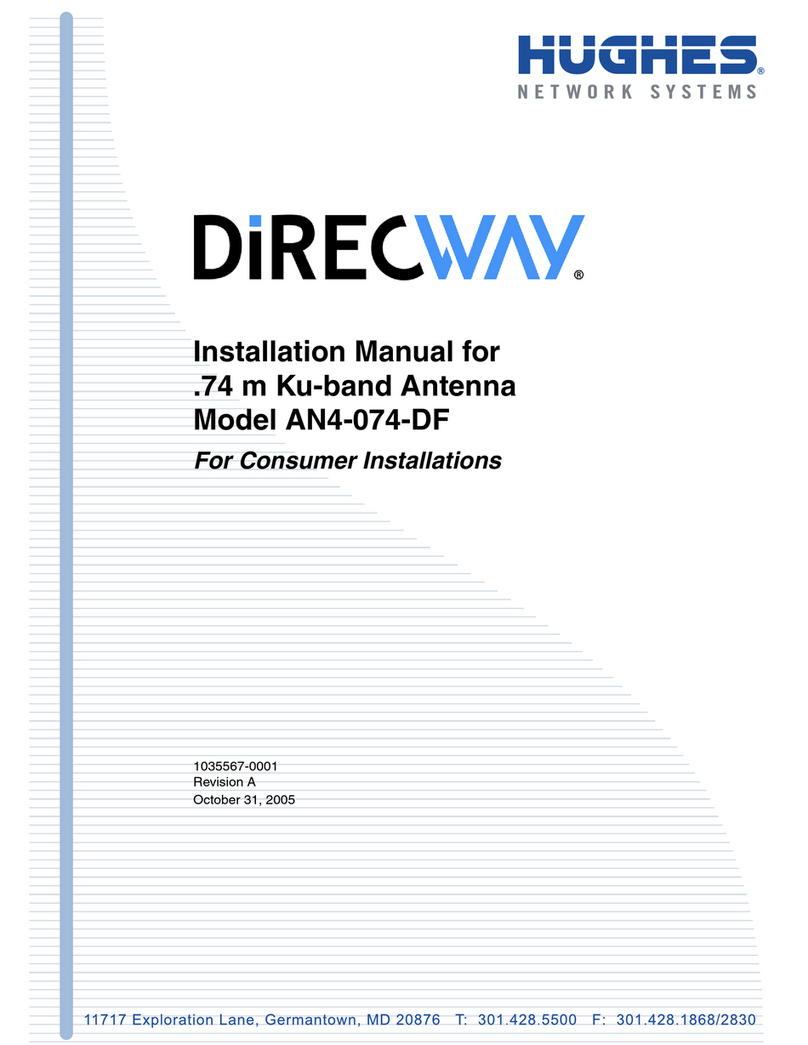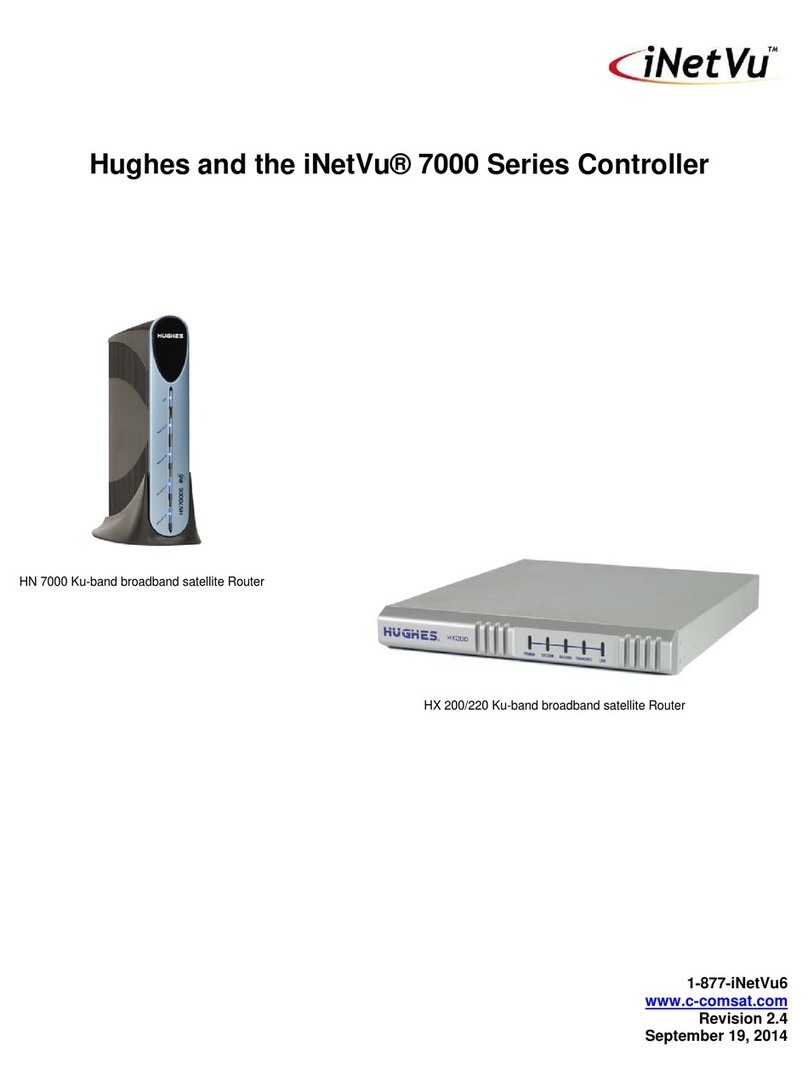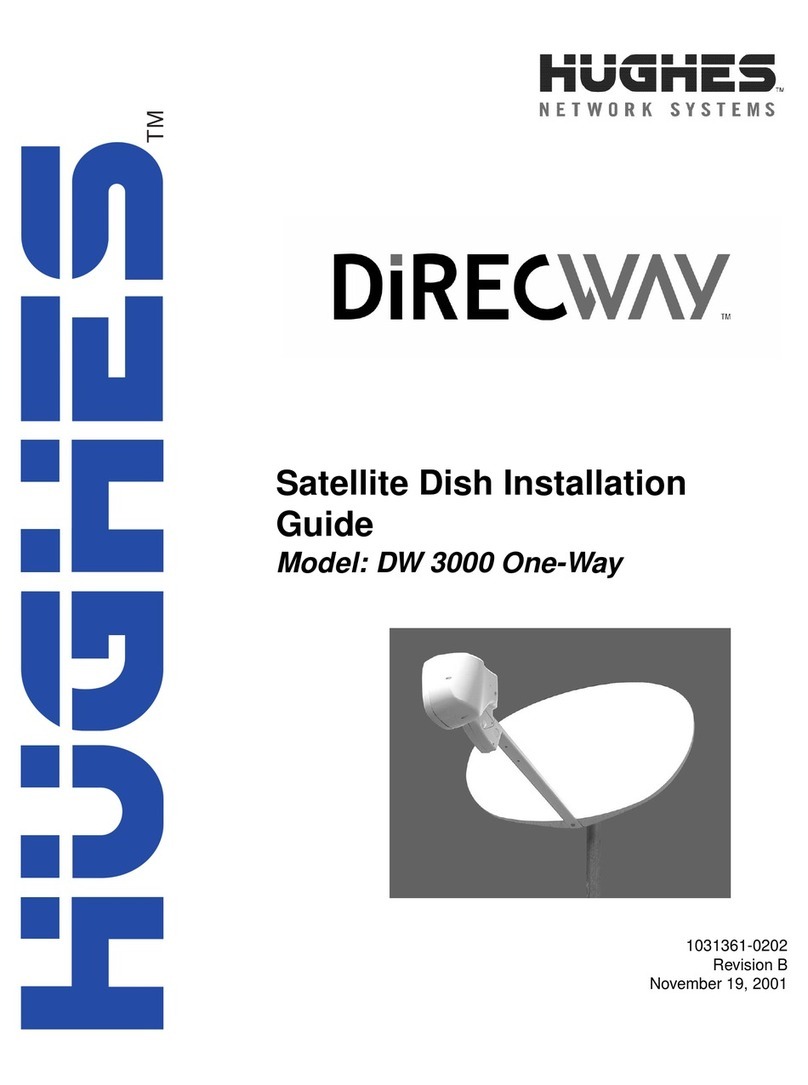
Contents
Understanding safety alert messages .................................................... 5
Messages concerning personal injury.................................................................... 5
Messages concerning property damage................................................................ 5
Safety symbols ....................................................................................................... 6
Additional symbols ........................................................................................... 6
Antenna installation safety .................................................................... 7
Chapter 1
Overview............................................................................................... 11
Model AN9-074-G antenna description...............................................................11
Antenna installation summary.............................................................................12
Approved cables .................................................................................................. 14
Chapter 2
Antenna parts and recommended tools ............................................... 15
Antenna kit components .....................................................................................15
Az/El mount assembly .................................................................................... 16
Reflector bracket and tilt plate.......................................................................17
Antenna reflector ........................................................................................... 18
Feed support arm ...........................................................................................18
Radio assembly ...............................................................................................19
Small hardware parts list .....................................................................................19
Tools.....................................................................................................................20
Chapter 3
Installing the antenna and radio.......................................................... 21
General instructions for assembling the antenna ...............................................21
Select the installation site.................................................................................... 22
Install the satellite modem ..................................................................................23
Determining the pointing values and polarization setting .................................. 23
Pointing values................................................................................................ 23
Polarization setting.........................................................................................23
Install the antenna mount ................................................................................... 23
Installing the reflector bracket and tilt plate....................................................... 25
Installing the antenna reflector ...........................................................................26
Installing the feed support arm ...........................................................................28
Installing the radio assembly ............................................................................... 29
Changing transmit circular polarization (if needed).......................................31
Installing the antenna assembly onto the mast ..................................................33
Chapter 4
Cabling, connections, and grounding................................................... 35
Cabling requirements ..........................................................................................35
Routing the IFL cable at the antenna................................................................... 36
Connecting the IFL cable...................................................................................... 37
Contents
1039384-0001 Revision C 3
